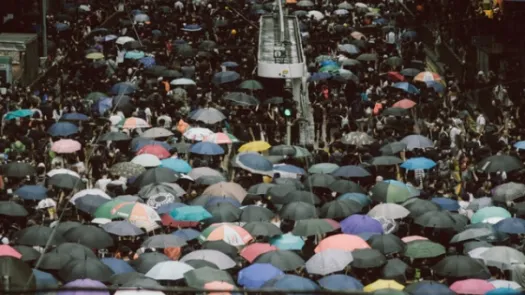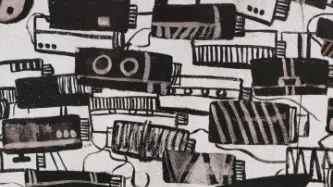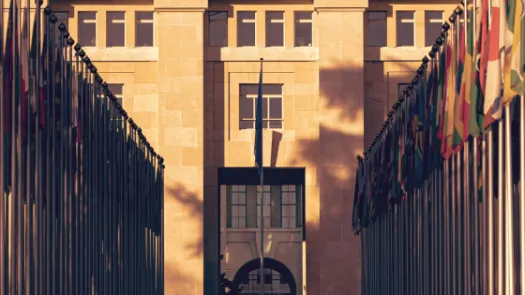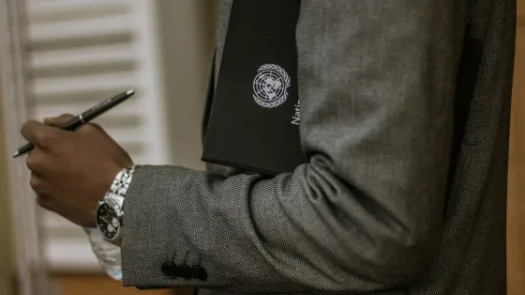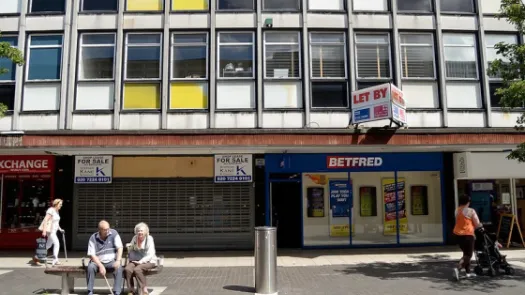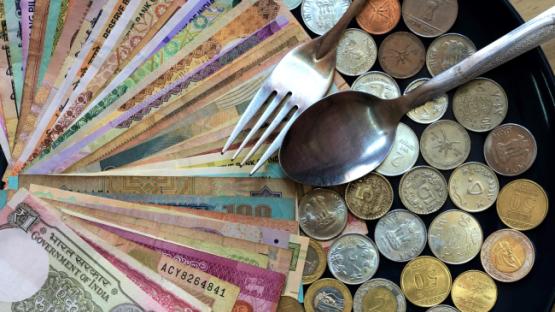
Failures in the digitisation of India’s food security programme: the exclusion of married women of Odisha
Millions of people rely on India’s Public Distribution System (PDS) to receive subsidised food rations, which have become an essential ingredient of survival for many families during the Covid-19 pandemic. However, access to food rations is not guaranteed for all beneficiaries, with many women being left without access to food at a time of crisis.

This article was written by Sameet Panda and Vipul Kumar.
Over the last couple of years, there has been a push towards digitising the PDS, which includes linkage with the Aadhaar (India’s biometric identification system) and maintenance of digital records at Fair Price Shops that distribute the ration, among other initiatives. Without taking into account the availability of appropriate digital infrastructure and access among beneficiaries, these initiatives have been unable to solve existing problems of corruption and exclusion, while creating exclusions of new kinds.
This article deals with one such source of exclusion that remains unaddressed by such digitisation processes. The amount of food rations received by qualifying households is determined by the number of family members named in the ration card. When a family member leaves a qualifying household to join another, they must register on their new family ration card to ensure they continue to receive food rations. However, doing so is a cumbersome process which has left many women without access to food at a time of crisis.
This blog is adapted from the report Data Systems in Welfare, available here.
Parbati Majhi, a tribal woman of Karandihapar village in the Kalahandi district of Odisha, got married two years ago. Before this, her name was included in the ration card belonging to her childhood home in Jogsaipatna GP, allowing her to avail herself of her quota of rice free-of-cost. This entitlement was essential to her and her family to ensure that they could get by even in months with low income. After her marriage, her name was struck off her parents’ ration card. To her dismay, she found that it was near impossible to re-register her name in the ration card belonging to her husbands’ family. Despite several requests to the resident Panchayat (local assembly) and legal backing for the entitlement, she was unable to enrol again. To make matters worse, her 7-month-old child has also been excluded and deprived of the entitlement despite repeated visits to the Panchayat office. On each visit, the family is asked to re-submit their documents, and has not been given a clear indication of if and when they will be able to access the dry ration. Being unable to receive food support for two members of the household has meant severe hardship for the family, particularly given the economic hardship triggered by the Covid-19 pandemic.
“In these difficult times when my share of rice would have helped our family, the ration has remained a distant dream and we are not sure whom to approach to get my name included”. Parbati claimed.
Parbati is not an isolated case. Through our work with the Right to Food Campaign Odisha and a recent study supported by the Centre for Internet and Society, we found that thousands of women like Parbati, who were married in or after 2015, have faced a similar fate. Food grain, particularly rice supplied through the Public Distribution System (PDS) under the National Food Security Act (NFSA), is a prime component in the daily food intake of a majority of families in Odisha. This is especially the case in the tribal pockets of the state. With the implementation of the NFSA in Odisha in 2013, one of the major imagined reforms was the digitisation and the end-to-end computerisation of PDS. The digitization process includes digitisation of registration, beneficiaries database, verification of eligible beneficiaries and distribution of food grains.The intended objective of the process was to curb leakages, minimise corruption, make targeting more effective, include the most vulnerable populations, and ensure transparency. Digitisation processes were also aimed at making the PDS a dynamic system and therefore more accessible and efficient for beneficiaries. To strengthen the system further, the Indian Department of Public Distribution pushed for the mandatory seeding of ration cards and beneficiaries’ bank accounts with the Aadhaar, India’s ID card.
The three pivots through which digitisation of PDS is currently operational are Aadhaar seeding of individual beneficiaries, automation of Fair Price Shops (FPS), and Aadhaar-based biometric authentication of beneficiaries. The latter uses fingerprint scanners connected to electronic point of sale machines (e-PoS), which generate the details of sales made to ration card-holding families. However, we found that the FPS in Kalahandi district of Odisha did not provide beneficiaries with the receipt from the PoS machines, so there was no mechanism to authenticate whether the beneficiaries’ name has actually been struck off. We found in our survey that in Odisha, there is an informal arrangement to delete names of women once they have been married, wherein the sales persons at the FPS, or ‘Jogan Sahayakas’ inform the Marketing Inspector in charge of PDS at the block level to delete the names of married women from their parents’ ration card when they learn that they have been married. Parents were verbally informed that their daughters’ names had been removed from the family ration card and their corresponding quota of food grain would not be provided.
Despite the promises of digitisation, the implemented changes fall short. None of the three digitisation measures mentioned above facilitate the addition of names to ration cards. In fact, we found that there was no official system to pass information regarding the deletion of the names of married women from their parents’ ration card to the Panchayats in the districts where their marital home was situated. None of the officials we spoke to knew of the existence of a process for this kind of portability in case of marriage.
A working paper in 2010 by UIDAI had envisioned a role for Aadhaar in the PDS as a panacea to address failures and improve service delivery. In 2017, the central government made it mandatory for beneficiaries to submit their Aadhaar cards. In light of a Supreme Court order, in 2018 a further clarification was issued stating that beneficiaries should not be denied their entitlements on grounds of non-possession of the Aadhaar or failure of biometric authentication. However, we found from our survey that this directive is not being followed on the ground and there are a large number of eligible beneficiaries being denied food grain when unable to present their Aadhaar cards. While exclusions grow, the promised benefits have also not materialized. There is no standard operating procedure to simultaneously delete beneficiaries from their existing ration cards and add their names to a new ration card after marriage. In many cases married women were asked to change their address in their Aadhaar card and submit it to Panchayats, creating an additional bureaucratic hurdle for enrollment. The differentiated impact of this gap on women is evident – millions of women get married and migrate to new districts or cities, immediately falling out of the PDS.
The Government of Odisha recently accepted in an affidavit in the High Court that over 2 million people had been left out of the food security programme in the state. Exclusion of eligible beneficiaries even after digitisation of the PDS raises serious concerns about the technological solutions adopted. All the technical processes mentioned above were supposed to help persons like Parbati get the food they need by updating beneficiary databases regularly and dynamically. The Aadhaar-seeded digitised database of all PDS beneficiaries under the NFSA was created to ensure any addition, deletion and modification in ration cards could smoothly take place as and when required. The woes of migrants are often invoked by authorities when arguing in favour of seeding ration cards with the Aadhaar, as linking the two together is touted to bring portability. However, as has become evident from our survey, migrant women in poverty have not received any benefits as a result of this system, exposing the limitations of these technological fixes.
Aadhaar seeding was sold as the magic pill to ensure transparency, efficiency, and portability, but is yet to show any promising results. It is essential that any technology developed in support of social protection programmes is designed keeping the rights and access of beneficiaries at the centre, as opposed to a top-down model leading to further exclusion. It is also essential to develop protocols to ensure the dynamic addition and deletion of names of beneficiaries. For Parbati and millions of other migrant women, the complete failure of portability implies being deprived of critical resources. The subsidised food grain provided under the PDS, during this pandemic and otherwise, has acted as the lifeline protecting millions of people from hunger in the country. It is essential that technology makes it more accessible rather than creating more hurdles in its delivery.
This work was partly supported by the Centre for Internet and Society and Privacy International, UK-based.
